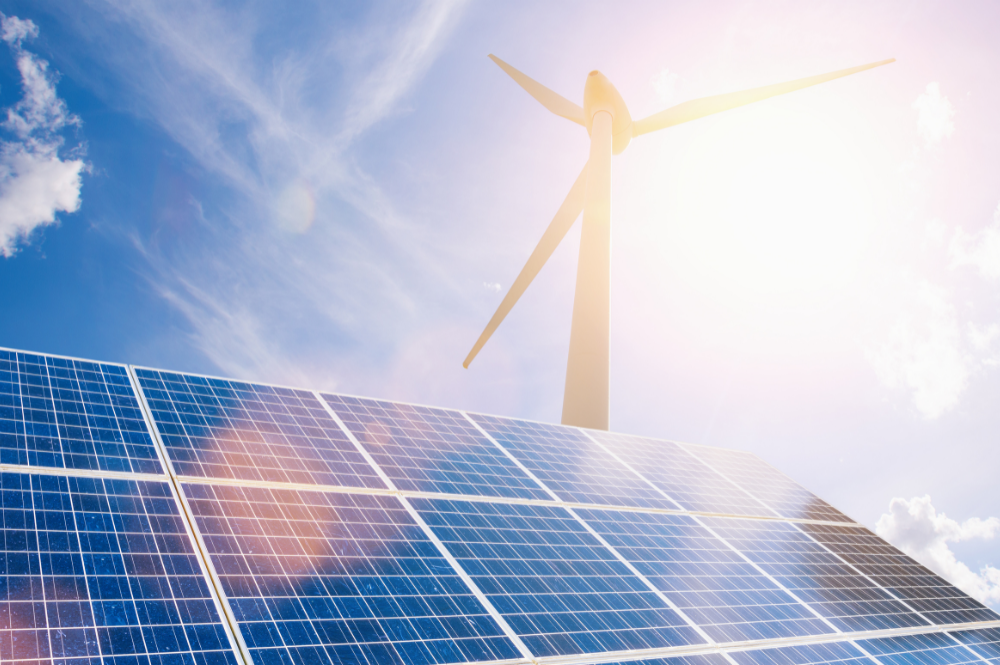As the demand for renewable energy continues to grow, the future of solar power shines brighter than ever. With shifting economies, continued technological advances and ongoing environmental concerns, the solar industry is set to play a vital role in transforming our energy landscape. For you, this means exciting possibilities and solar power benefits that just get better and better.
What’s the future of solar power look like?
A path towards affordability
Solar isn’t just for high income households. With government rebates, affordable financing options and the opportunity to save money in the long run, it’s currently more attainable than many Australians realise. But it’s only set to get better from here – because the future of solar power holds the promise of a cost reduction that could revolutionise the energy market. Economies of scale and technological advancements will only drive down the production costs of solar panels. While increased competition in the market, to keep up with customer demand, will only drive down the final cost for the customer, too.
Improved solar panel and solar system efficiencies
The design of the solar panel is undergoing transformative changes, aimed at maximising energy output. We’re talking bi-facial solar panels that capture sunlight from both sides to the integration of nanotechnology, microinverters and enhanced storage capabilities to drastically increase the output of a solar system. But it’s not just about the efficiencies, they’re set to improve aesthetically, too! Panels are likely to become sleeker, lighter and more capable of integrating with various architectural designs, making them even more visually appealing.
Increased energy storage
With the output of future solar systems set to drastically increase, it’s only natural to expect that storage capabilities and capacities will increase too. Solar power isn’t just about capturing sunlight, it’s about storing it and using it efficiently. Currently, energy storage solutions can provide an intermittent supply of solar power. But you can expect energy storage solutions to work up to a 24/7 role, ensuring a continuous energy supply!
Emergence of AI in solar
With the introduction of Artificial Intelligence (AI), the solar energy industry has already seen an incredible transformation. Solar energy production, system monitoring and system management are being revolutionised by AI (discover more about the power of system monitoring). But we’re only on the edge of AI and its enormous potential to improve efficiencies across the board, and lower costs. It’s predicted that machine learning algorithms will shape the way in which a solar system is installed in the first place. With the ability to analyse roof tilt angle, roof orientation, placement of panels, to terrain, geographical location and weather patterns, machine learning algorithms are set to fast-track the optimal installation for solar panels. Which means the best system performance possible, and the best cost-effectiveness too.
Solar power in urban and off-grid settings
We’ve become accustomed to solar systems being installed on traditional residential and commercial properties, but urban and off-grid areas are set for a revolution too. Urban areas are seeing the rise of solar-integrated buildings, where solar panels are integrated into windows, facades and rooftops, and even contribute to the local power supply. In off-grid areas, solar power is set to become a lifeline that can provide electricity to areas that do not have traditional power infrastructure.
From affordability, panel design and efficiencies, storage, AI and growth into urban and off-grid areas, the future of solar power holds an incredible promise. The path forward is one where solar power plays a centralised role in meeting our energy needs across society. And it’s a path we’re very much looking forward to.


Leave A Comment